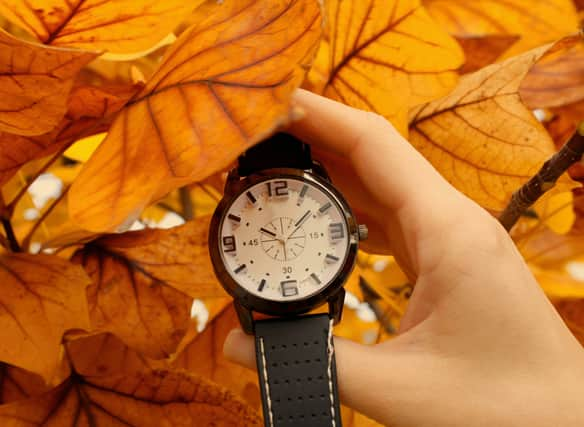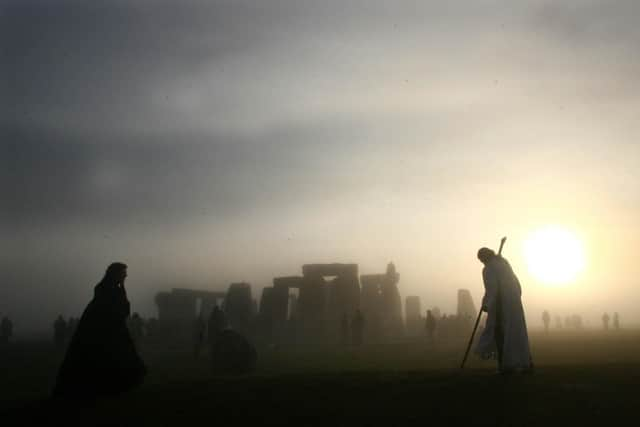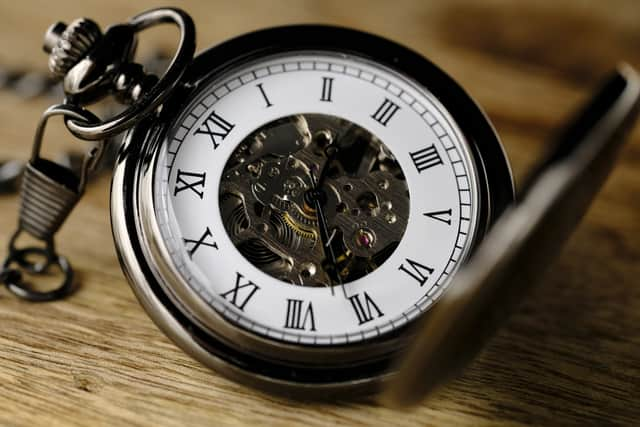When does Autumn start? What is the Autumn Equinox? Clock change date UK 2023


Scotland and most of Northern Europe have bid adieu to summer and begun preparing themselves for the chillier embrace of the colder months with radiators at the ready.
The Autumn Equinox is a date on the calendar either loved or loathed as it marks the end of the warmer season but ushers in the beautiful autumnal scenery of Scotland as well as popular celebrations like Halloween. It is also a beloved time for ‘moongazers’ as the famous Harvest Moon appears shortly after.
Advertisement
Hide AdAdvertisement
Hide AdHere’s everything you need to know about Autumn 2023 in the UK including when it starts, what the Autumn Equinox is, and when the clocks go back as we march towards the new year.


When does Autumn start in the UK?
According to the meteorological calendar, the first day of Autumn always falls on September 1. That means in 2023 the season commenced on a Friday.
If you follow the astrological calendar, however, Autumn begins on Saturday, September 23, and this marks the date of the Autumn Equinox.
What is the Autumn Equinox?
The term “equinox” is derived from the Latin for an “equal night”, which is why we use it to describe the two annual dates where the equator is the closest it can be to the sun. At this point, theoretically the planet should attain 12 hours of daylight and darkness equally - some factors like our atmosphere may influence this, however.
If you were standing there, it is said you would see the sun rise precisely due east and set due west. There are only two equinoxes every year, the Autumn and Spring ones, and for the six months that separate them either the southern or northern hemisphere tilts towards the sun.


In many countries, including Scotland, there are many ancient celebrations linked to these dates. For Autumn, the equinox is associated with the harvest (particularly the full moon) like that of Lammas Day. Also, as is observed in the summer and winter solstices, people gather at Stonehenge to mark the Autumn Equinox as the sun rises above the famous standing stones.
When do the clocks go back this year?
This year, the clocks will go back on the final Sunday of October at 2am i.e., October 29. This allows us to enjoy one extra hour in bed as, for example, 8am becomes 7am instead.


Why do the clocks change?
In summary, we change the clocks so we can get the most out of the daylight. The German government first introduced this concept in 1916 during the first world war in a bid to save energy as longer daylight hours meant less electricity being required.
Many (though not all) governments in Europe implemented the idea too, including Britain, which saw the birth of BST which has existed as is since 1971.
Comments
Want to join the conversation? Please or to comment on this article.
